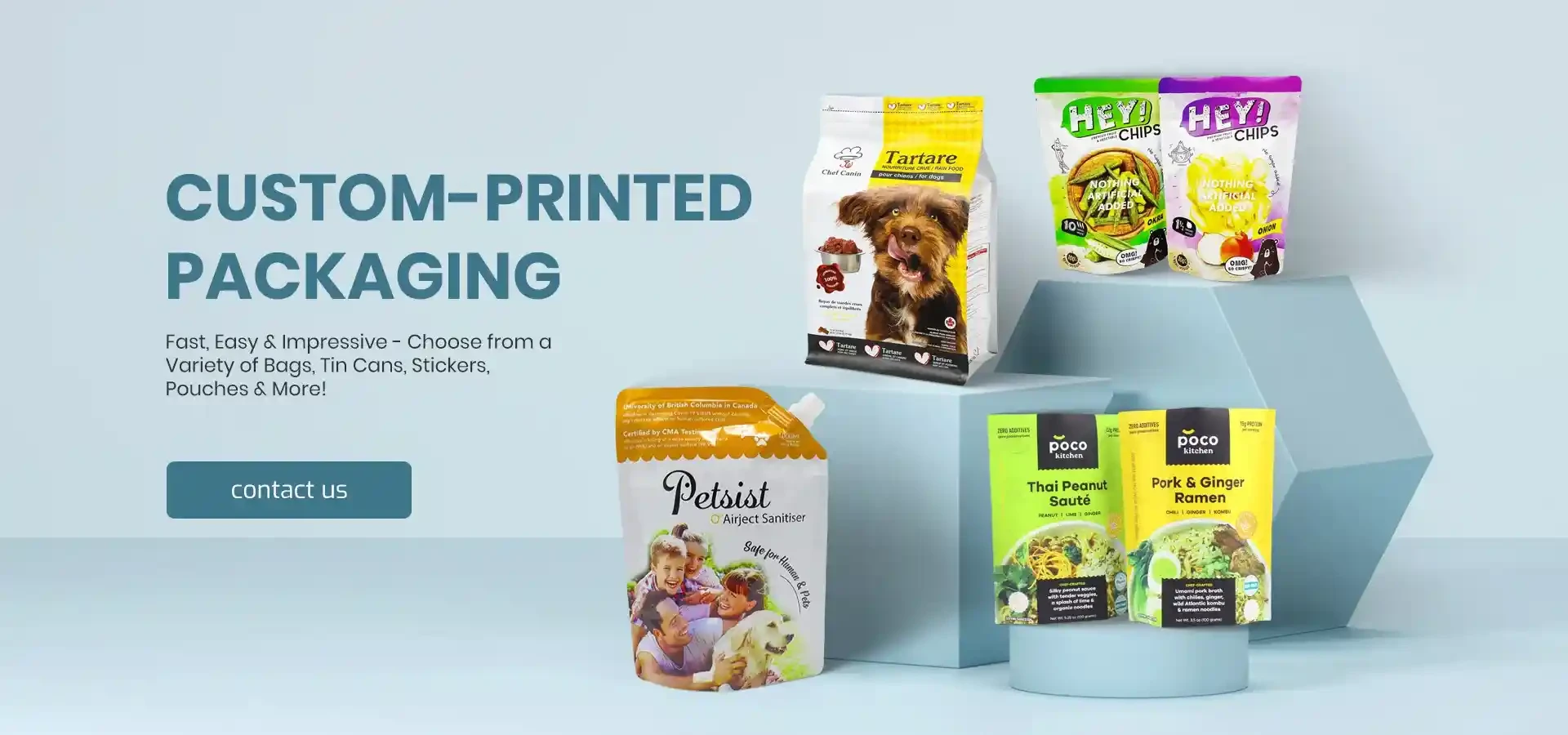- Afrikaans
- Albanian
- Amharic
- Arabic
- Armenian
- Azerbaijani
- Basque
- Belarusian
- Bengali
- Bosnian
- Bulgarian
- Catalan
- Cebuano
- chinese_simplified
- chinese_traditional
- Corsican
- Croatian
- Czech
- Danish
- Dutch
- English
- Esperanto
- Estonian
- Finnish
- French
- Frisian
- Galician
- Georgian
- German
- Greek
- Gujarati
- haitian_creole
- hausa
- hawaiian
- Hebrew
- Hindi
- Miao
- Hungarian
- Icelandic
- igbo
- Indonesian
- irish
- Italian
- Japanese
- Javanese
- Kannada
- kazakh
- Khmer
- Rwandese
- Korean
- Kurdish
- Kyrgyz
- Lao
- Latin
- Latvian
- Lithuanian
- Luxembourgish
- Macedonian
- Malgashi
- Malay
- Malayalam
- Maltese
- Maori
- Marathi
- Mongolian
- Myanmar
- Nepali
- Norwegian
- Norwegian
- Occitan
- Pashto
- Persian
- Polish
- Portuguese
- Punjabi
- Romanian
- Russian
- Samoan
- scottish-gaelic
- Serbian
- Sesotho
- Shona
- Sindhi
- Sinhala
- Slovak
- Slovenian
- Somali
- Spanish
- Sundanese
- Swahili
- Swedish
- Tagalog
- Tajik
- Tamil
- Tatar
- Telugu
- Thai
- Turkish
- Turkmen
- Ukrainian
- Urdu
- Uighur
- Uzbek
- Vietnamese
- Welsh
- Bantu
- Yiddish
- Yoruba
- Zulu
Innovative Methods for Efficient Meat Packaging in Modern Food Industry
The Importance of Proper Meat Packaging
Meat is one of the most consumed food products worldwide, and its packaging plays a crucial role in ensuring safety, quality, and convenience for consumers. The process of packaging meat has evolved significantly over the years, adapting to changing consumer needs and technological advancements. This article delves into the various aspects of meat packaging, its benefits, challenges, and innovative solutions shaping the future of the industry.
Ensuring Freshness and Safety
One of the primary functions of meat packaging is to ensure freshness and extend shelf life. Fresh meats are highly perishable, and improper packaging can lead to spoilage, which poses significant health risks. Packaging helps create a barrier against environmental factors such as oxygen, light, and microbes that can degrade meat quality. Vacuum packaging, for instance, removes air from the package, significantly slowing down the metabolic processes that lead to spoilage. Additionally, modified atmosphere packaging (MAP) replaces the air in the package with a mixture of gases that can help preserve the color and texture of the meat.
Food safety is another critical concern. The right packaging prevents cross-contamination and keeps harmful bacteria at bay. For example, meat packaged in airtight containers reduces the risk of contact with contaminants that may be present in the environment or during transport. Clear labeling on meat packages, which includes information about expiration dates and storage instructions, also plays a vital role in guiding consumers toward safe food handling practices.
Convenience for Consumers
Modern consumers increasingly seek convenience in their food purchases, and meat packaging has adapted to this demand. Pre-packaged meats come in various forms, such as ready-to-cook, marinated options, and meal kits, which save time and effort in meal preparation. Additionally, packaging that includes resealable features allows consumers to use only what they need, ensuring that the remaining product stays fresh for later use.
Portion-controlled packages are particularly appealing for families and individuals mindful of food waste. They help in managing servings and encourage the consumption of meals according to dietary preferences. Eco-friendly packaging solutions, such as biodegradable materials or reduced plastic use, are also gaining traction as consumers become increasingly concerned about environmental sustainability.
packaging meat

Challenges in the Meat Packaging Industry
Despite the advancements in meat packaging, several challenges remain. The meat industry faces scrutiny over plastic waste, and many consumers are advocating for more sustainable packaging options. Developing alternative materials that maintain the same level of protection and longevity as traditional plastics presents a significant challenge for manufacturers.
Additionally, the rising costs of packaging materials can strain the budget of small meat producers and processors. Finding a balance between affordability and maintaining the quality and safety of meat products is crucial for the industry’s sustainability.
Innovations Shaping the Future
Innovations in meat packaging are continually emerging, focusing on improving safety, convenience, and sustainability. Smart packaging technologies facilitate real-time monitoring of meat quality, using sensors that indicate temperature changes or spoilage. This helps ensure that consumers receive the freshest products possible.
Furthermore, the shift toward plant-based and alternative protein sources is prompting the meat packaging industry to rethink traditional approaches. As companies diversify their product offerings, packaging solutions must also evolve to accommodate new forms of protein.
Conclusion
Effective meat packaging is vital for preserving quality, ensuring safety, and meeting consumer demands for convenience. As the industry faces challenges related to sustainability and cost, ongoing innovations promise to shape the future of meat packaging. By prioritizing safety, convenience, and environmental considerations, the meat packaging industry can continue to thrive in an ever-changing market, ultimately benefiting both producers and consumers alike.













